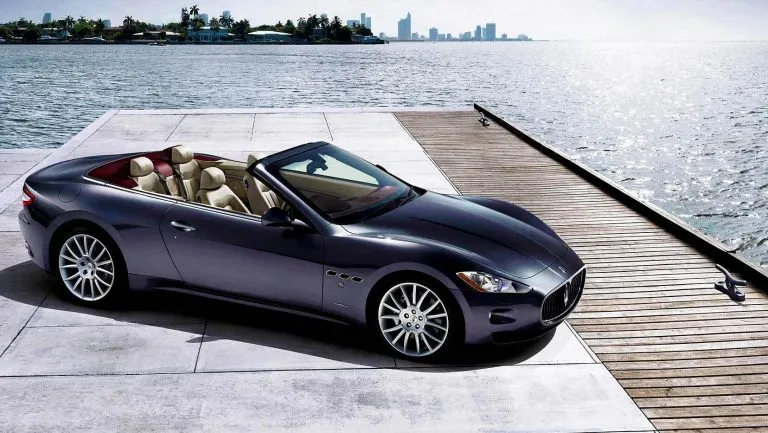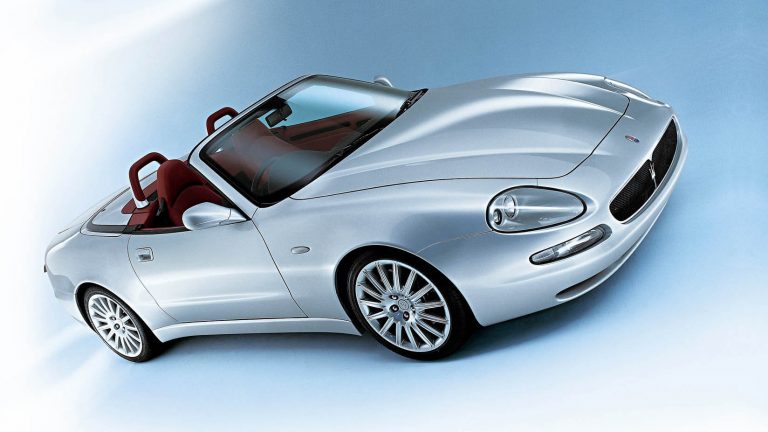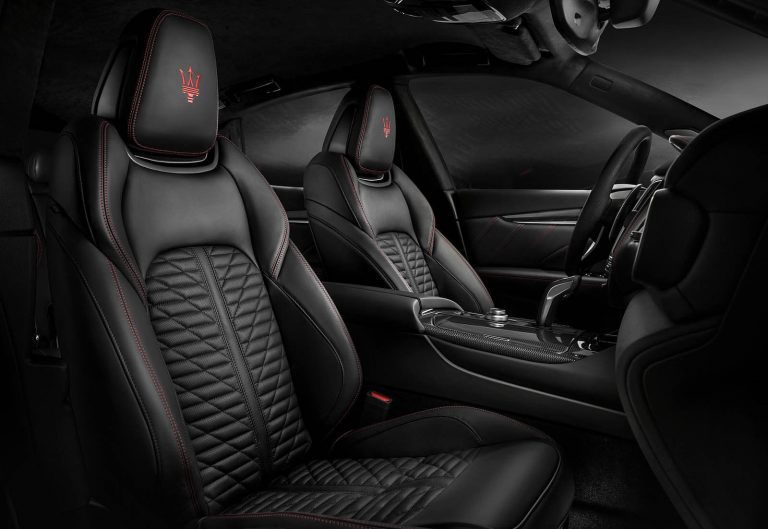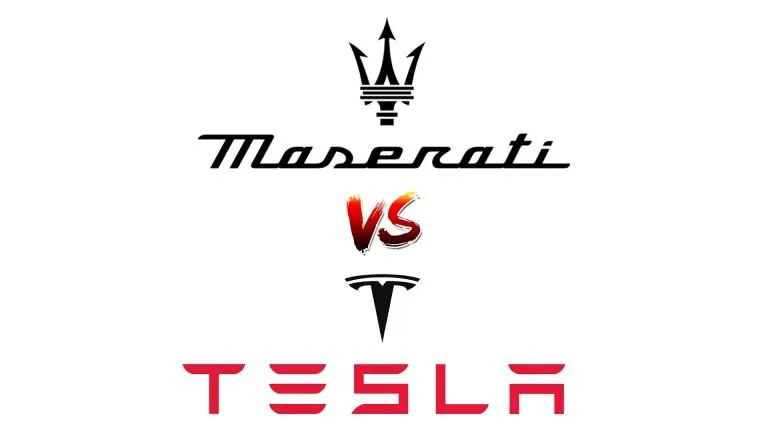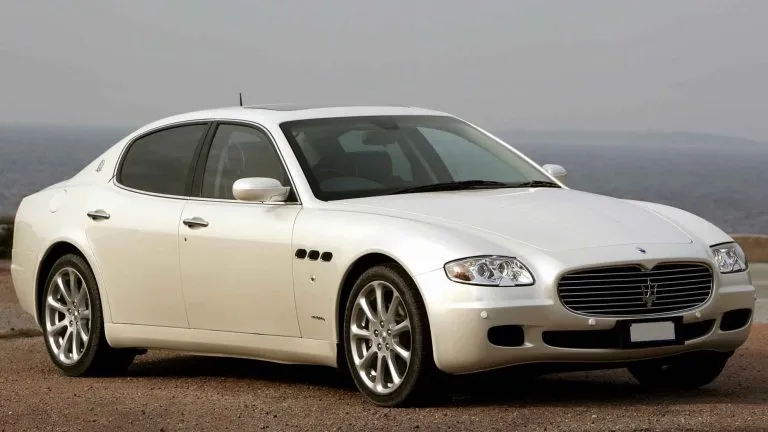McLaren Speedtail Interior – Inside a 21st Century Hypercar
The world of Hypercars is a rarified one. A select few automobiles that have a price tag that begin at a million dollars. Performance levels and speeds that defy imagination. The Hypercar is the ultimate in automotive engineering and design.
There is a select handful of exclusive brand names that deliver such motoring gems, such as Bugatti, Koenigsegg, Lamborghini, Aston Martin and Lotus. But there is another carmaker that has cemented its name firmly to the world of hypercars and that is McLaren.
The F1 competitor has been in the market for hyper velocity production vehicles for 30 years. Beginning with the, aptly named, F1 which held the world record as the fastest ever naturally aspirated production car for three decades.
McLaren’s latest model pays homage to its manufacturing past while looking long into the future with a car that redefines everything that has gone before. The McLaren Speedtail is the stuff of science fiction. If Luke Skywalker drove a car this would be it. From its paradigm changing styling, both inside the McLaren Speedtail interior and its outer body, sets it apart from all the previous hypercars. While its handling and performance sets new heights in delivery. The McLaren Speedtail is widely regarded as the best hypercar on the road today.
In this McLaren Speedtail review we will take a look at what makes this such a fantastic car and pay particular attention to the McLaren Speedtail interior which is something to behold.
Monster Power
McLaren used their existing engine from the 720S and just made it faster. A 4.0 liter V8 twin turbocharged engine, coupled with a hybrid electric motor, generates 1,035 bhp and 848 lb-ft of torque. Power is exclusively delivered to the rear wheels and it’s mated to a seven-speed dual-clutch automatic transmission.
Acceleration is staggering as the Speedtail zips through 0-60 mph in just 2.8 seconds and roars to 0-186 mph (300 km/h) in just 12.8 seconds. This makes the McLaren Speedtail quickest out of the blocks than any other hypercar.
Top speed has been limited to “only” 250 mph (403 km/h) although it can go much faster. The reason for this was to ensure that the normal tire configuration could be used to reach these speeds. Straight out of the garage the McLaren Speedtail can climb to top speed with no effort or adjustment. Hypercars with speeds above this level require a whole new set of tires to be fitted while other configurations need to be adjusted before these speeds can be achieved. McLaren decided to do away with all that and ensure the driver can enjoy the Speedtail in the moment.
McLaren Speedtail Interior and Its Future Car Styling
Everything about this car screams the future. What is immediately apparent is the exterior ‘teardrop’ body shape. The elongated rear end which creates the “speedtail” stretches the automobile to over 200 inches. At over 17 feet long, it is almost 2 feet longer than the original McLaren F1.
The body shape mixes flowing lines with angular edges while a glass canopy envelopes the cabin. Nothing like this has been seen before and caused quite a stir when it was first unveiled in 2018. Even the wheels look unique as the front alloy hubs are shielded with carbon fiber covers to help reduce aerodynamic drag.
Inspecting the exterior shape and it quickly becomes apparent that something is missing – wing mirrors. In another bid to ensure the best aerodynamics are achieved at the car’s top speed, when engaged in “Velocity Mode”, there are no appendages sticking out from the side of the car.
When the engine is turned on, high definition cameras emerge from each door. The rear imagery is relayed to two view screens inside the cabin, above the dash and beside the A-columns.
Other aerodynamic features include the rear control surfaces, much like an airplane’s ailerons, to improve downforce and an airbrake.
Step Into The McLaren Speedtail Interior
At a press of a button, on the remote ignition key, the large gullwing doors glide out and upwards. It is then that you get a sense of how futuristic the McLaren Speedtail interior really is.
The first thing that impresses you, before you get in, is the minimalist setup and layout of the cabin. The steering wheel is set in the middle of the dash and sits in front of a bank of three touchscreens. The driver’s seat is set in the middle of the cabin and is flanked by a passenger seat on either side of it. The seating arrangement is a direct homage to their earlier F1 model.
The upholstery matches the price tag of this hypercar as aniline leather covers the seats and most of the McLaren Speedtail interior, including the flooring. This ultra-expensive hide is prepared with a special soluble dye that allows the grain of the leather to come through. It is claimed it also has a directional finish which allows the passenger easy access into the seat while also providing a firmer hold once seated. Nubuck leather adorns the dash (specially buffed to create a velvet touch) as well as brushed aluminum accents to give it a matte finish.
The carbon fiber seats, set either side of the driver’s seat, are molded into the overall chassis while the legroom for all occupants is exceptional for a car of this class.
Sitting in the middle/front driver’s seat is something akin to sitting in a cockpit of a plane. Above your head, set into the roof of the car, are most of the “normal” driving functions. The ‘Start’ button, shift selection and driving modes are all located here.
The three digital touchscreens on the dash are equally high-tech and simplistic – barely a button or dial in sight. Behind the steering wheel is the traditional gauge cluster showing both speedometer and tachometer, albeit in an unorthodox layout. On the left side, the digital screen controls vehicle settings, such as climate control, while the right side, a mirror image of the left, controls the infotainment system.
Phone connectivity is limited to just Bluetooth and Wi-Fi. The audio system, installed by Bowers & Wilkins offers three different types of audio settings for the McLaren Speedtail interior.
The all-encompassing canopy is also high-tech as it is fitted with electrochromic glass. The canopy roof, as well as a strip of the windshield, can be darkened at a touch of a (digital) button. So, when the sun is shining and getting into the driver’s eyes, the McLaren Speedtail interior puts on its “sunglasses” to offer relief to its occupants. In addition to this, the glass canopy is fitted with LED lighting to enable interior and ambient light.
Unexpected Handling
Unlike the other hypercars, that attaches you to a massive engine and trying to control it is like riding a rocket, the McLaren Speedtail is an unexpected pleasure to drive.
Very manageable at lower speeds, the McLaren Speedtail is light and responsive. When opening up the throttle, the acceleration is simply electrifying while still not feeling you might lose control of the “beast under the hood”.
From a driving standpoint, the McLaren Speedtail is by far the best hypercar out there today.
Stiff Competitors
When the McLaren Speedtail went on sale, in 2019, the price tag was US$2.1 million. But with only 106 models produced (matching the amount of McLaren F1s built) all were spoken for long before they came out. Comparatively, this hefty seven figure value is quite reasonable compared with their competitors.
At the same price is the Lotus Evija. This hypercar with four electric motors linked to each wheel creates almost 2,000 bhp and can accelerate to 186 mph in under 9 seconds.
At just under $3 million, is the Bugatti Chiron which creates over 1,500 bhp from its 8.0 liter W16 engine. Though its acceleration to 186 mph is one second slower than the McLaren Speedtail at 13.6 seconds but has a limited top speed of 261 mph.
Half a million dollars more and you can buy the Aston Martin Valkyrie. Powered by a naturally aspirated 6.5 liter V12 engine that makes 1,160 bhp and blasts to 60 mph in just 2.6 seconds while reaching a top speed of 250 mph.
The Lamborghini Sian costs a further 200K at $3.7 million. The 6.5 liter V12 fully hybrid engine produces 808 bhp and can accelerate to 60 mph in only 2.8 seconds while hitting a limited top speed of 220 mph.
The two most expensive hypercars had to be Bugatti’s. The Divo is cheaper at just $5.8 million and is fitted with an 8.0 liter W16 quad turbocharged engine and making almost 1,500 bhp. Faster than the Chiron, the Divo accelerates to 60 mph in just 2.4 seconds and can reach 236 mph.
Costing a cool $9 million, the Centodieci (Italian for 110 and marking their birthday) had only 10 models made. Powered by a similar 8.0 liter quad turbocharged 1,500 bhp engine accelerates the Bugatti to 80 mph in 2.4 seconds, up to 186 mph in 13.1 seconds and reaches its limited top speed of 240 mph.


